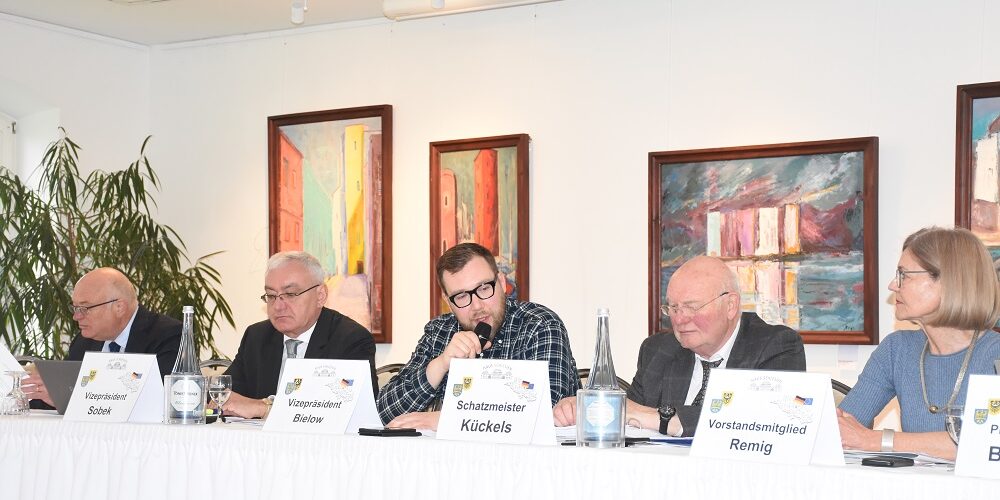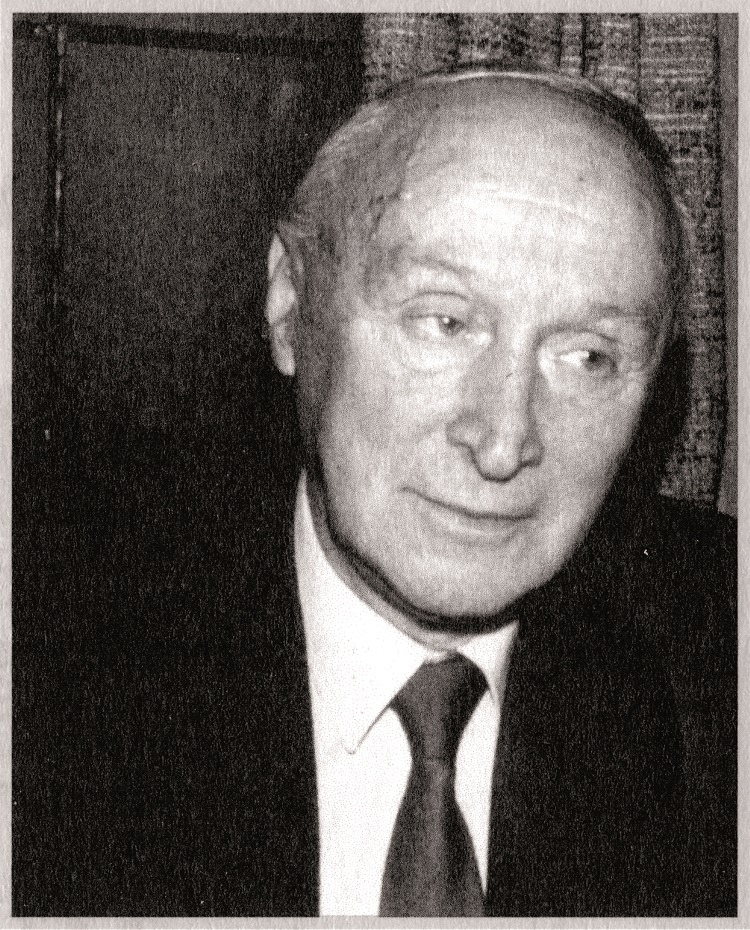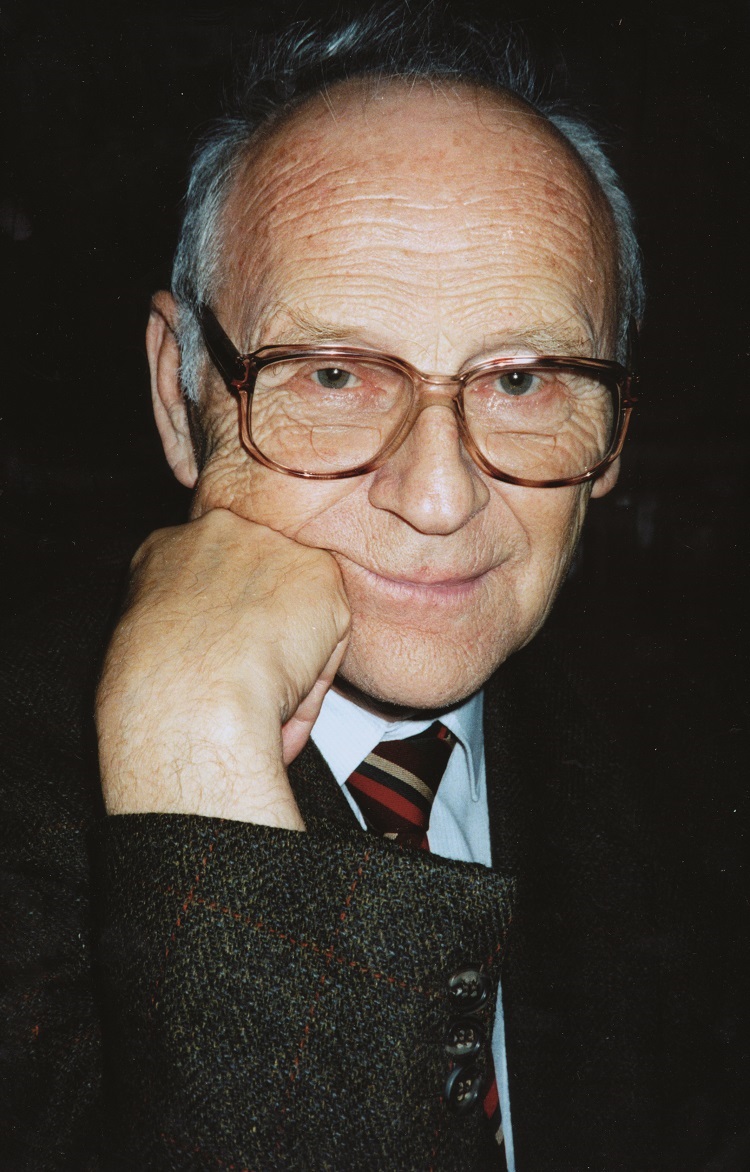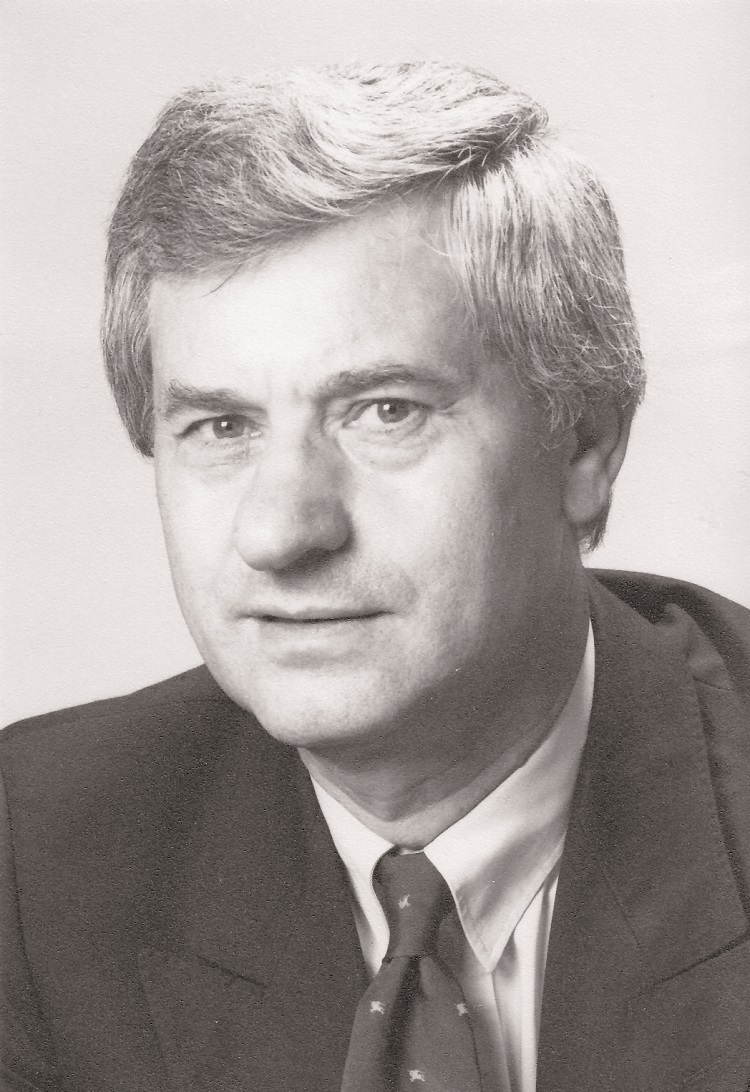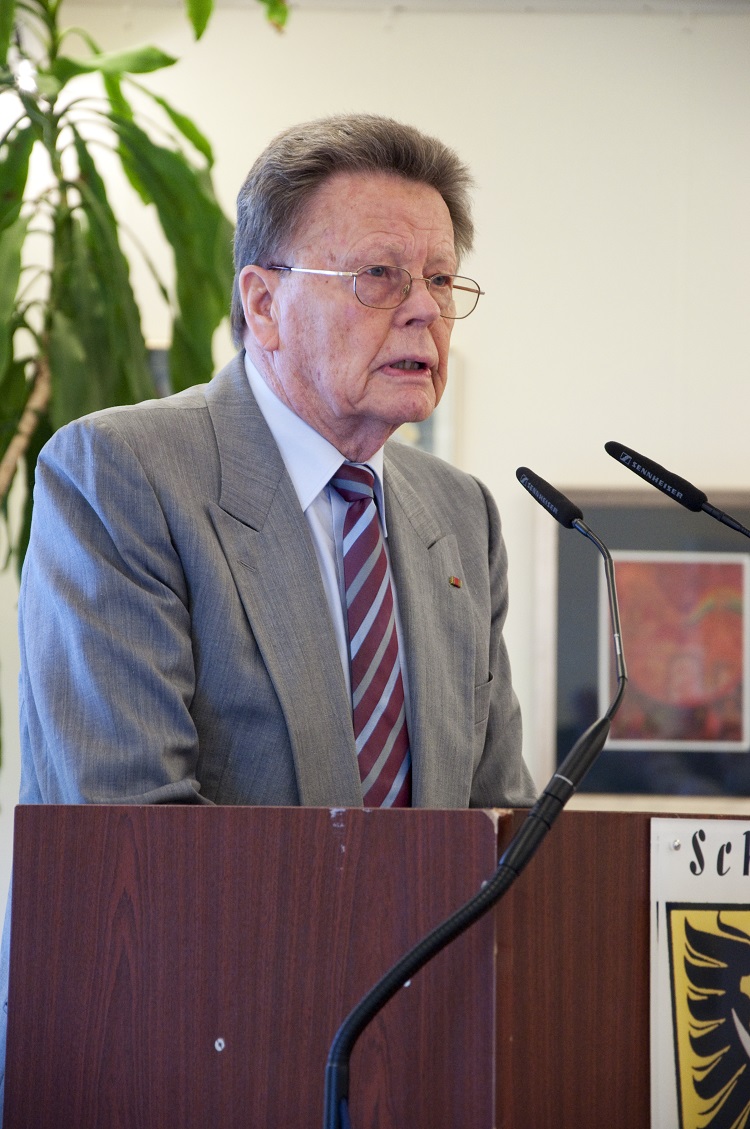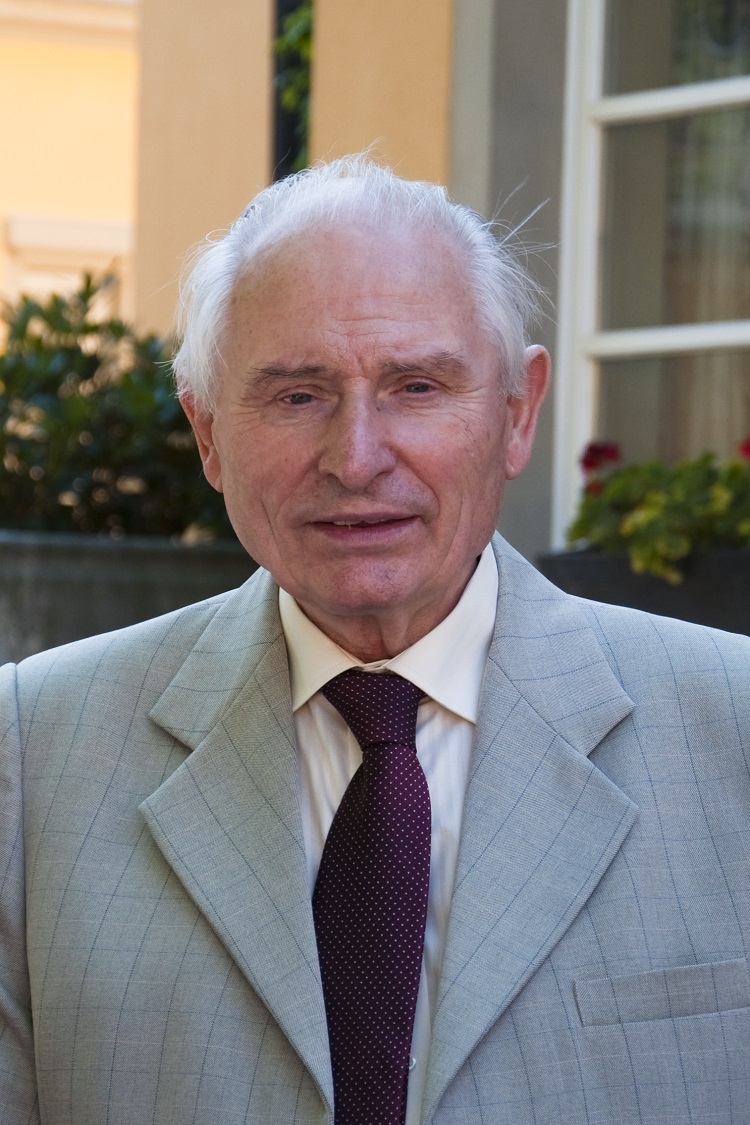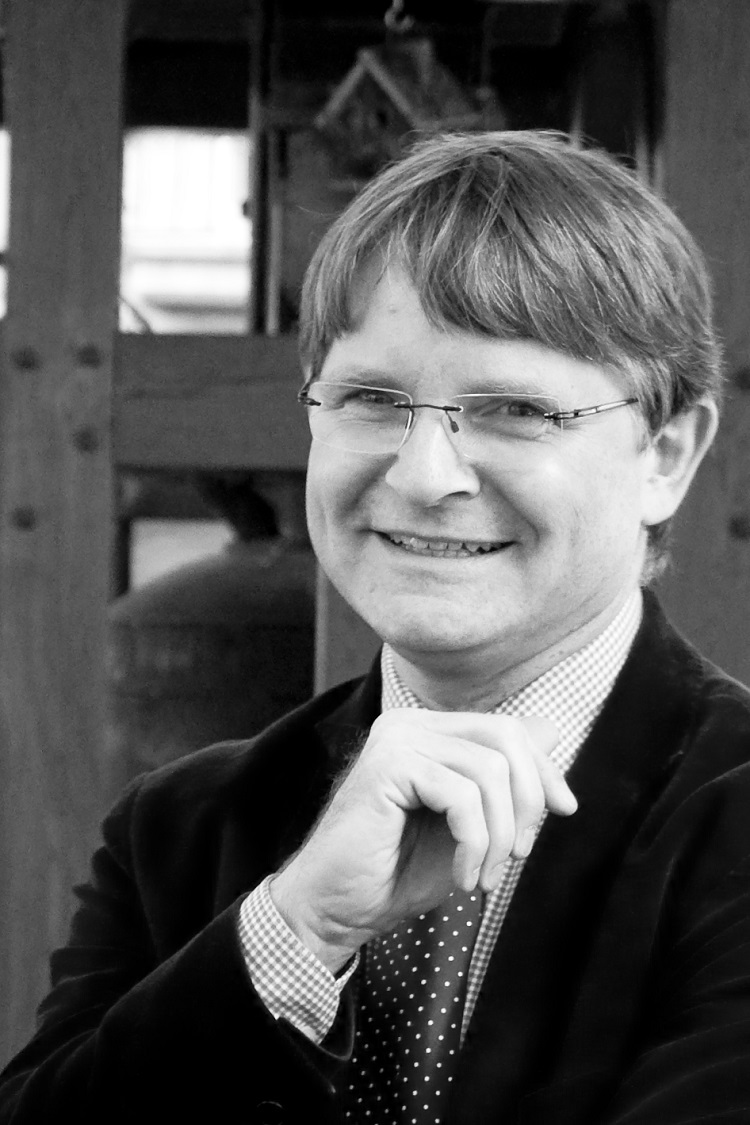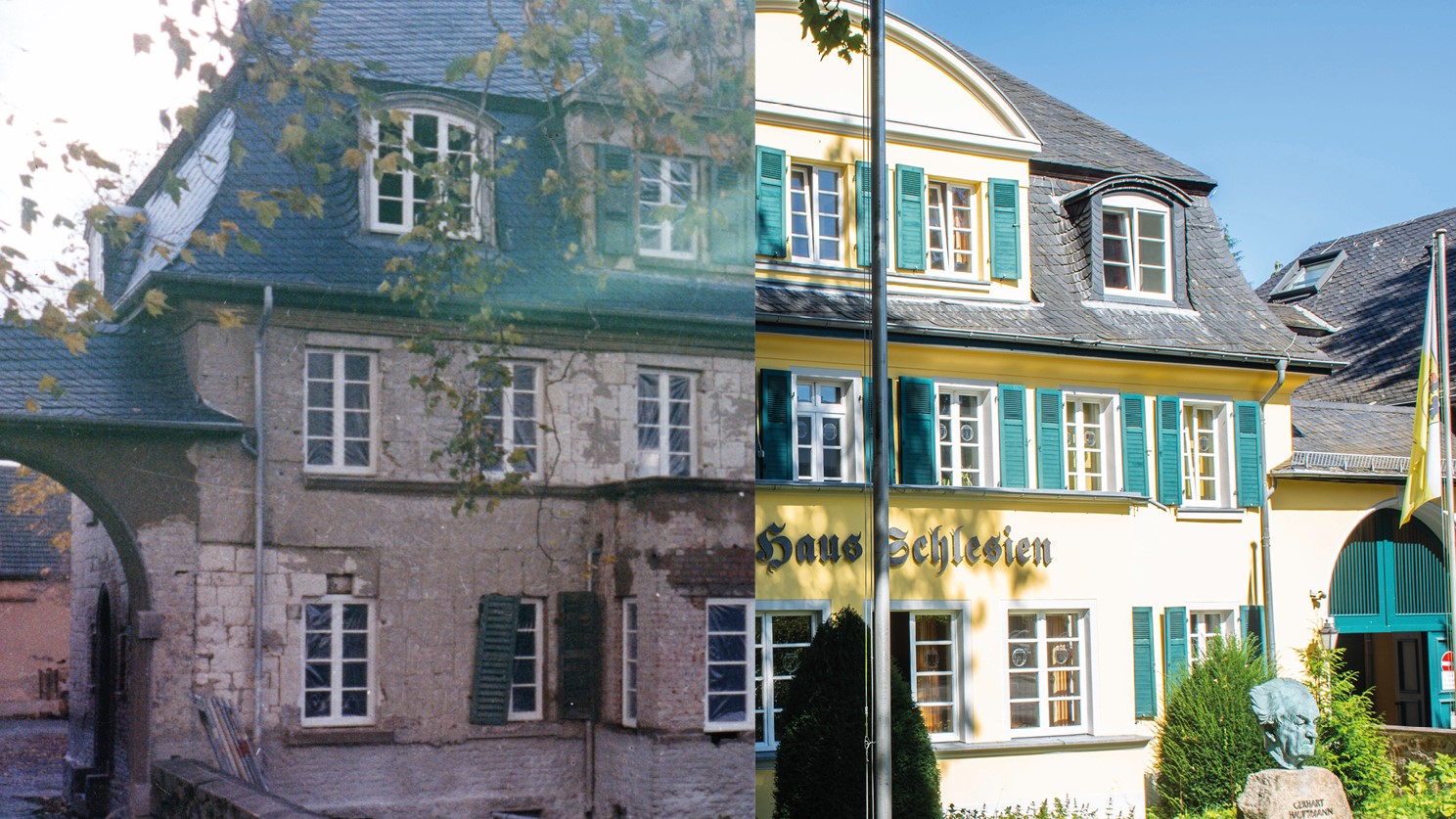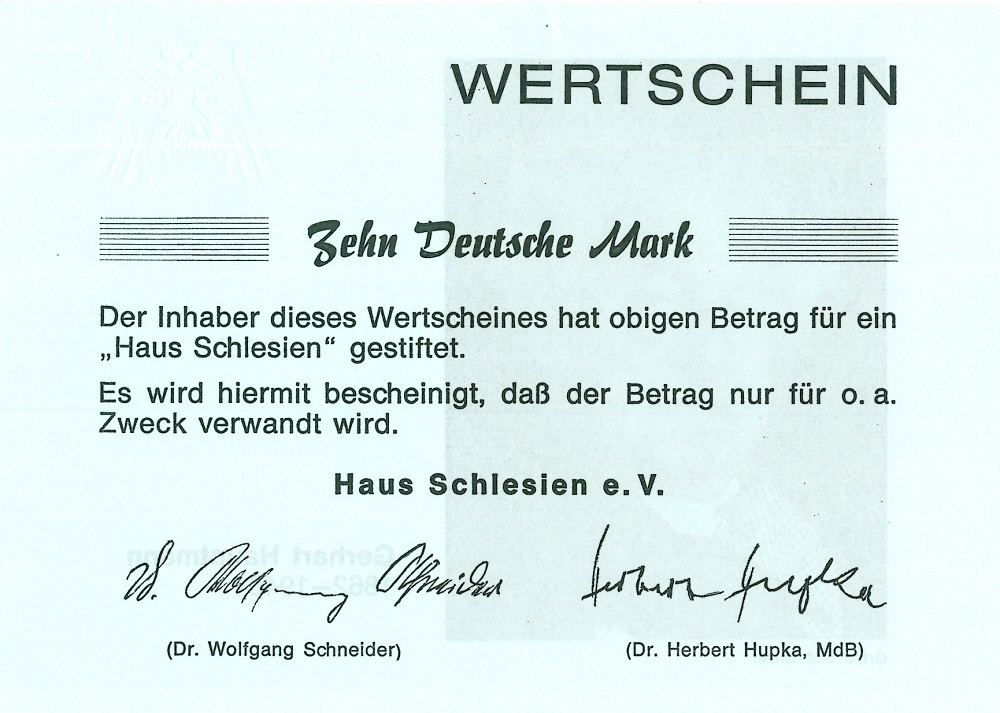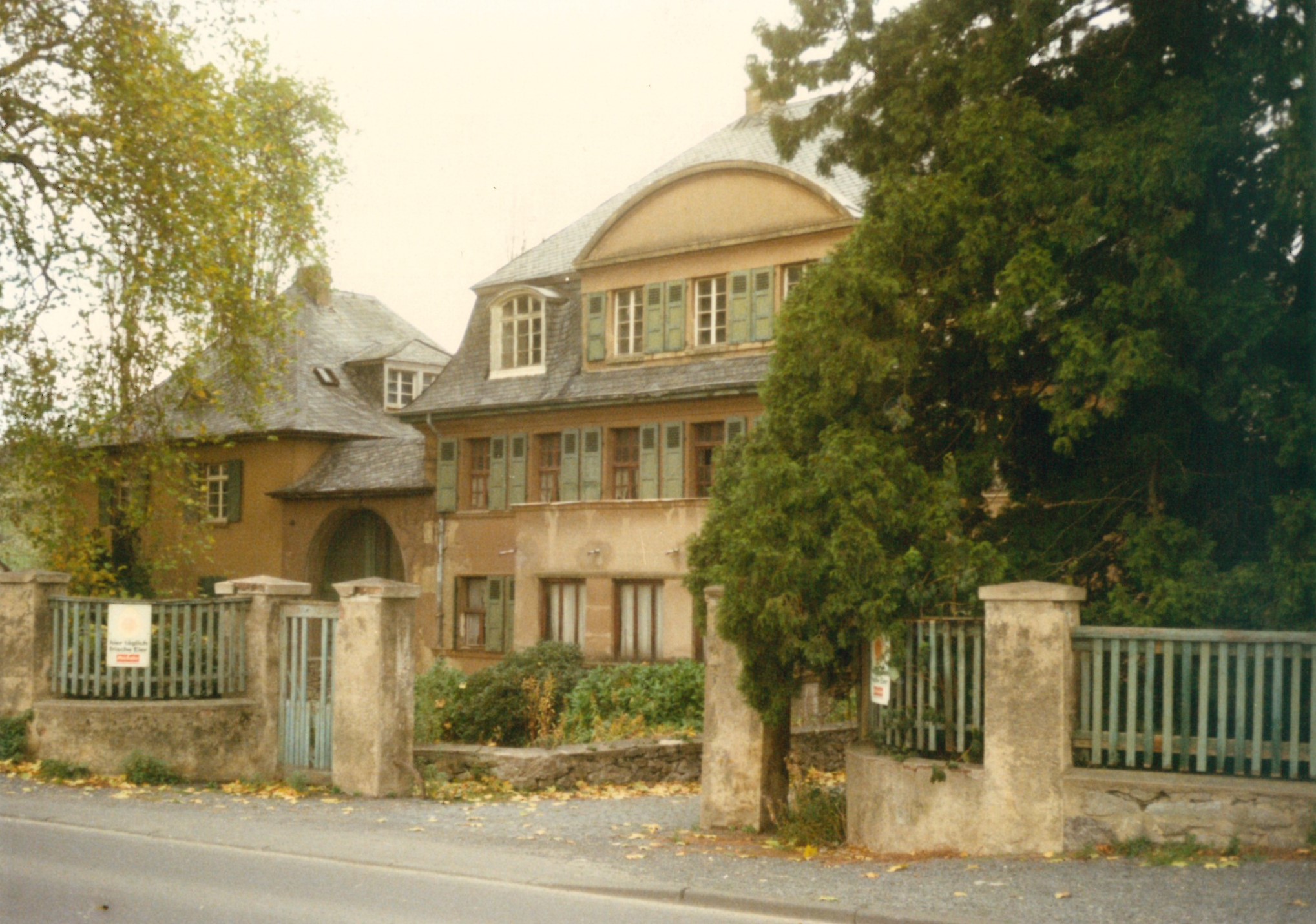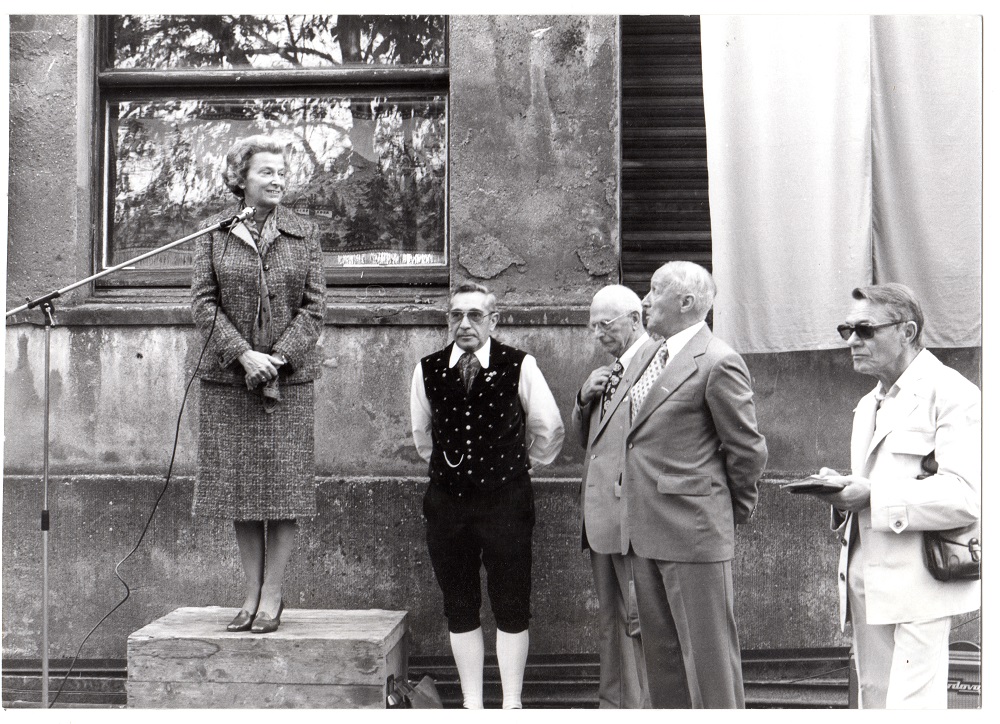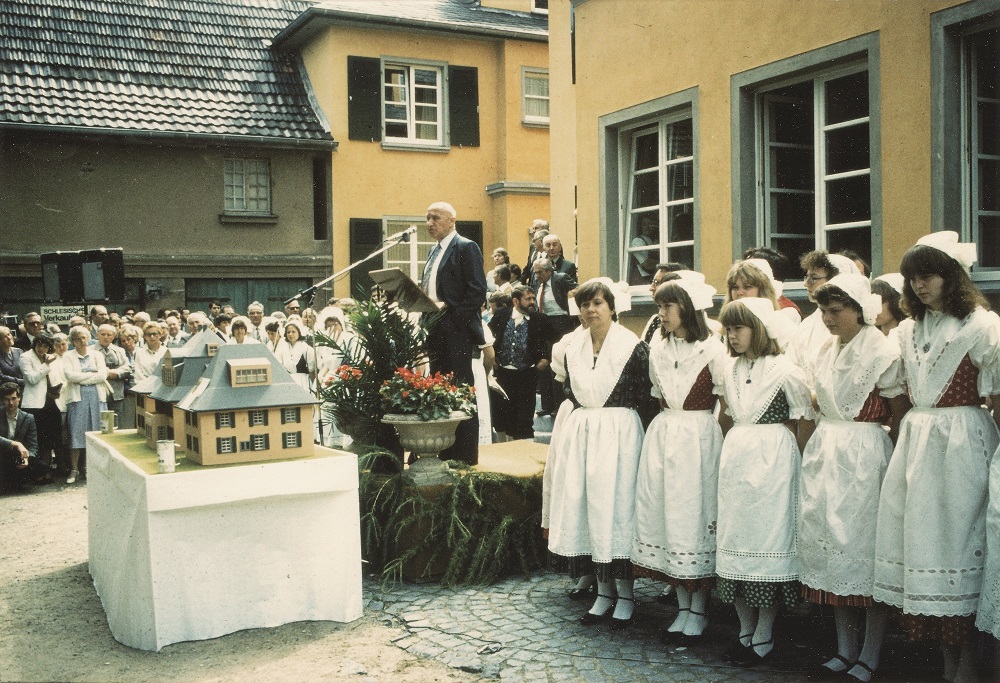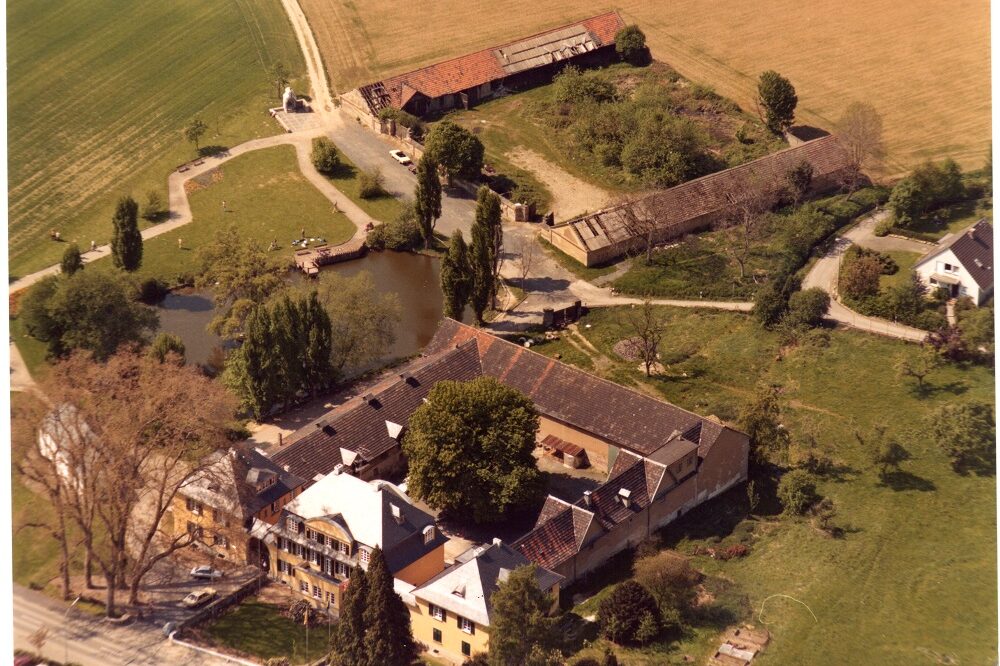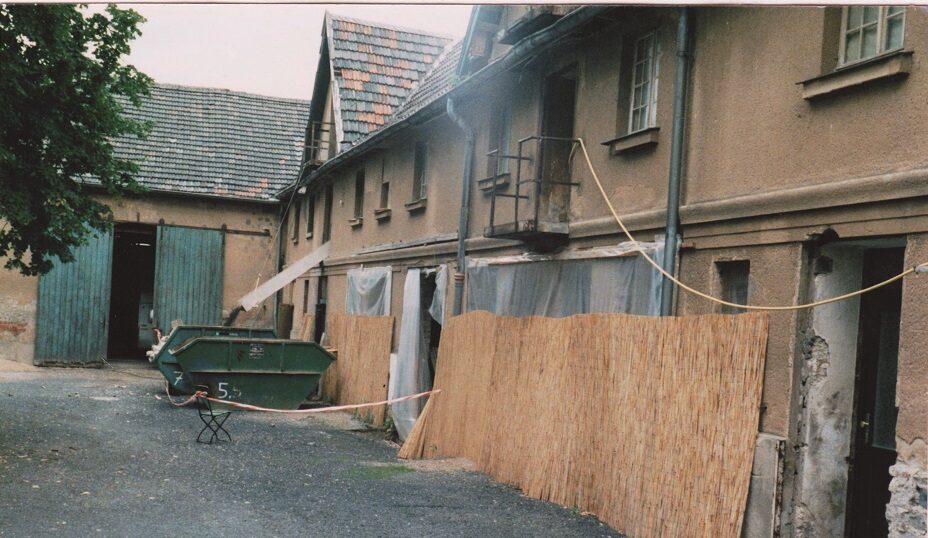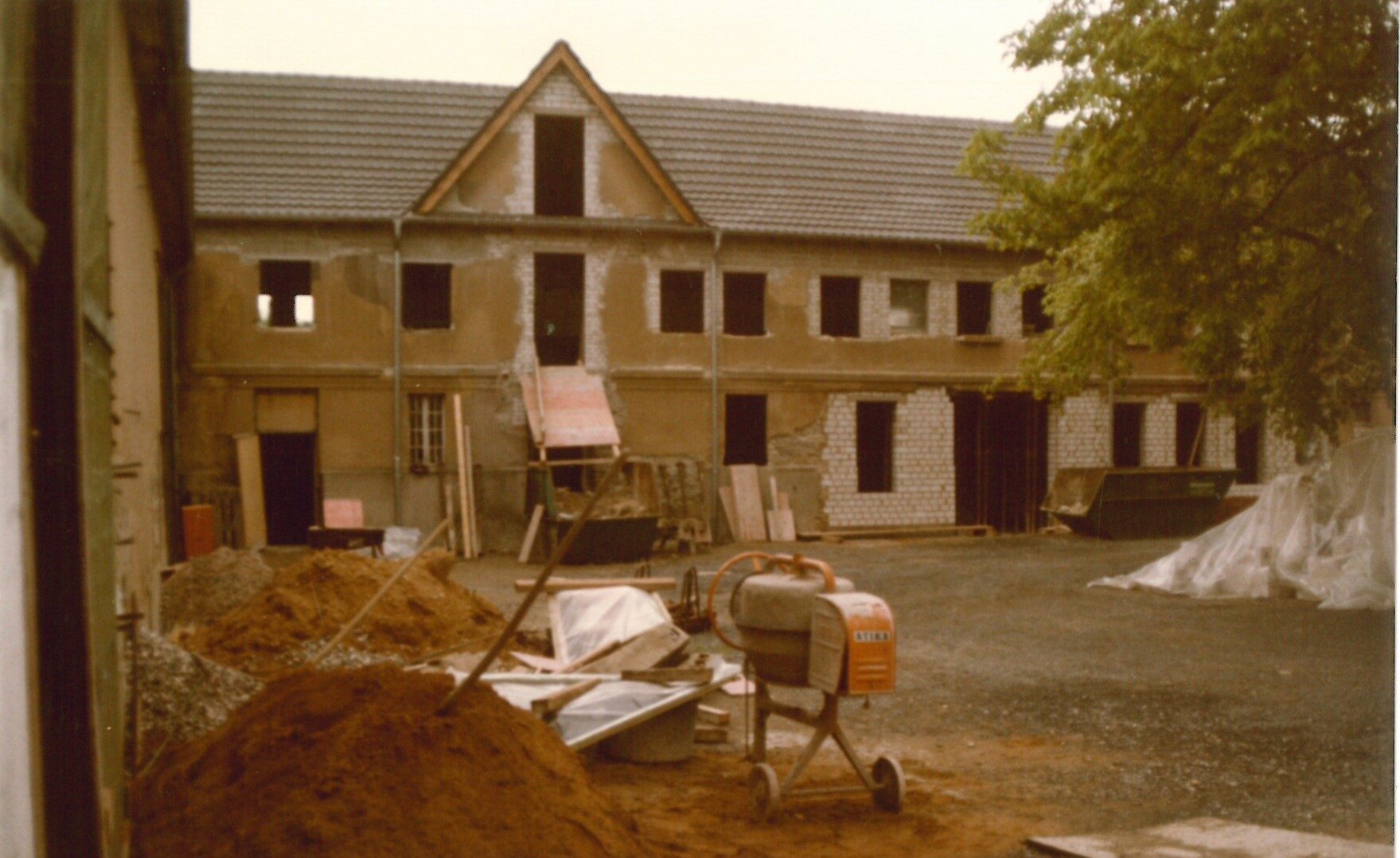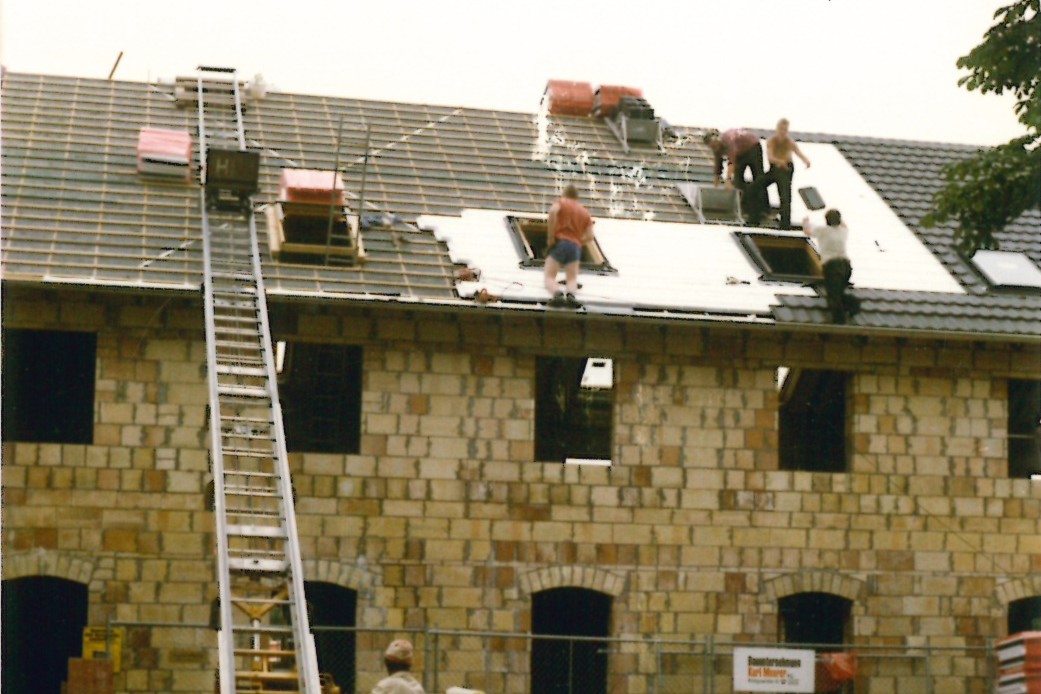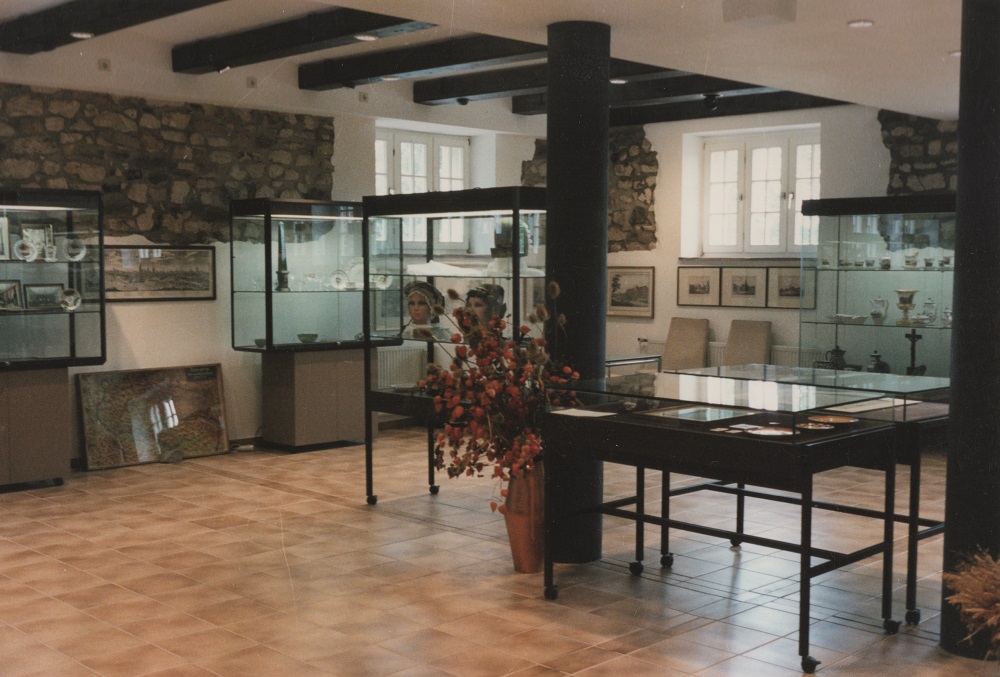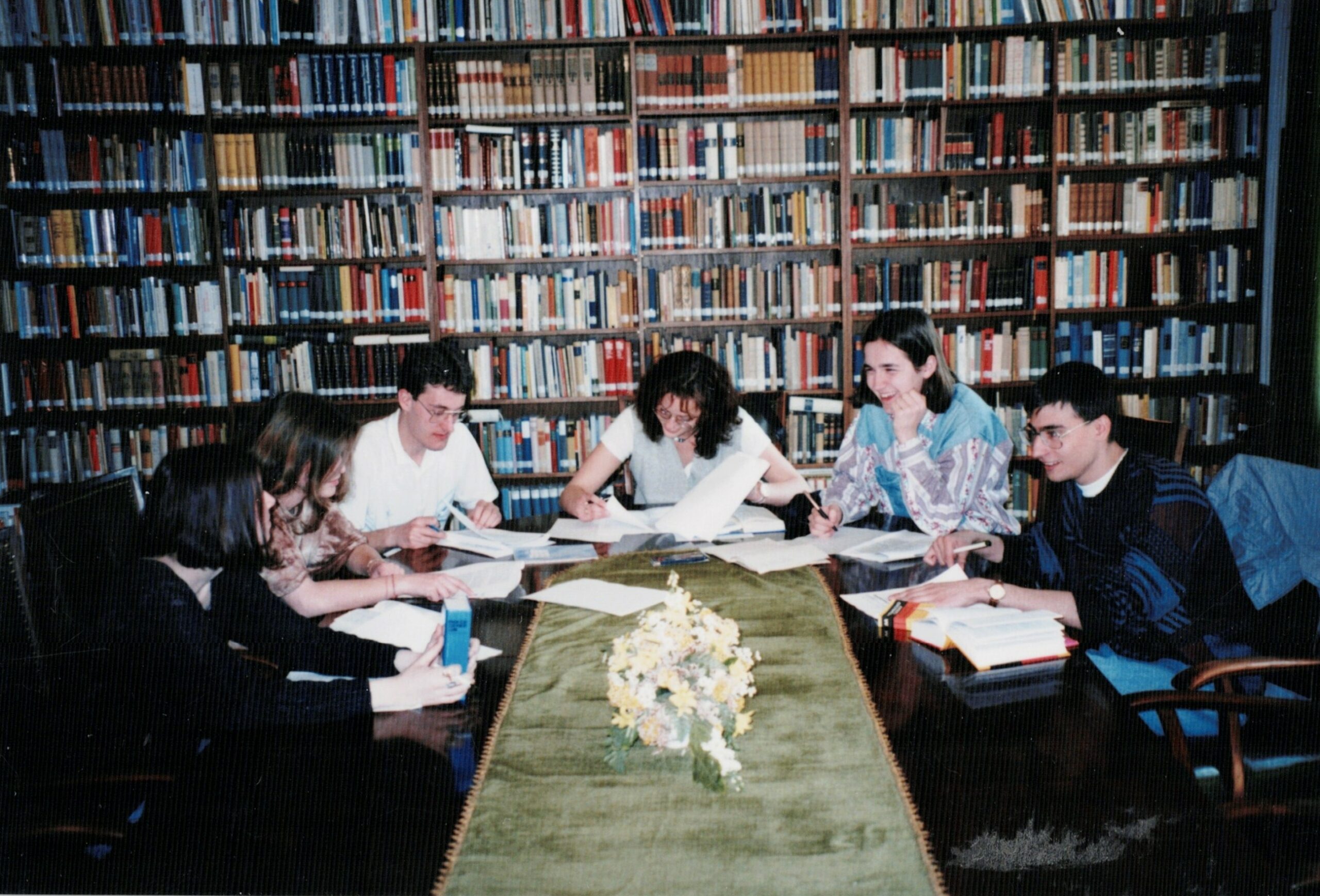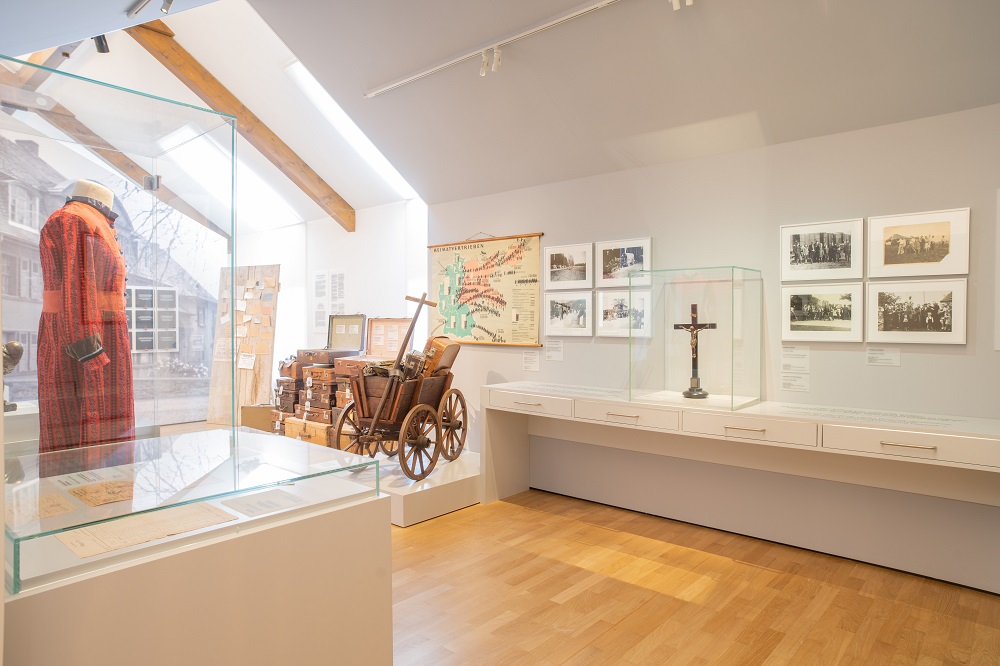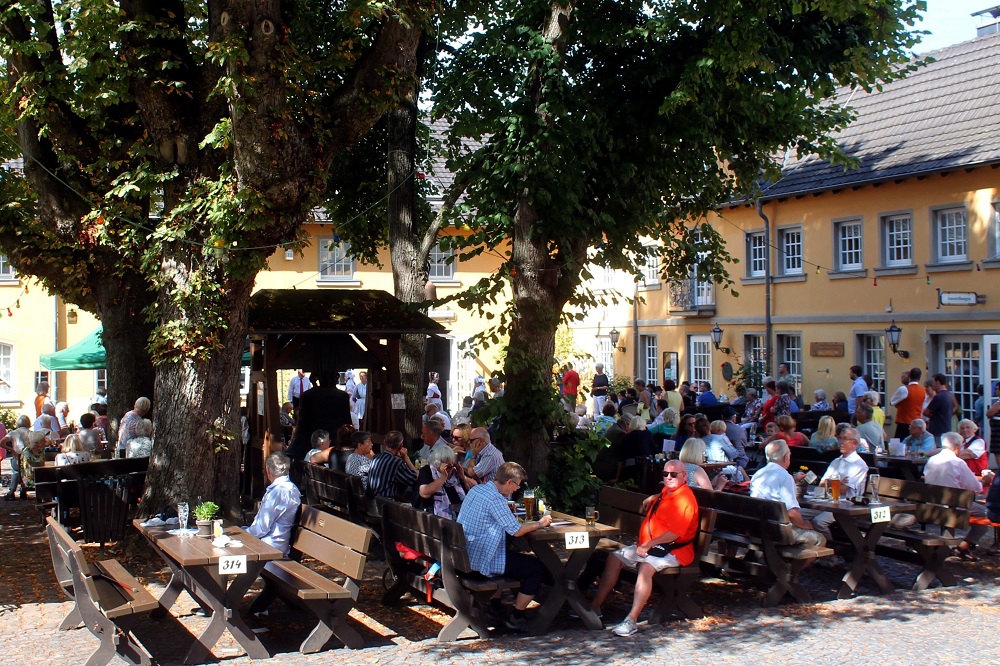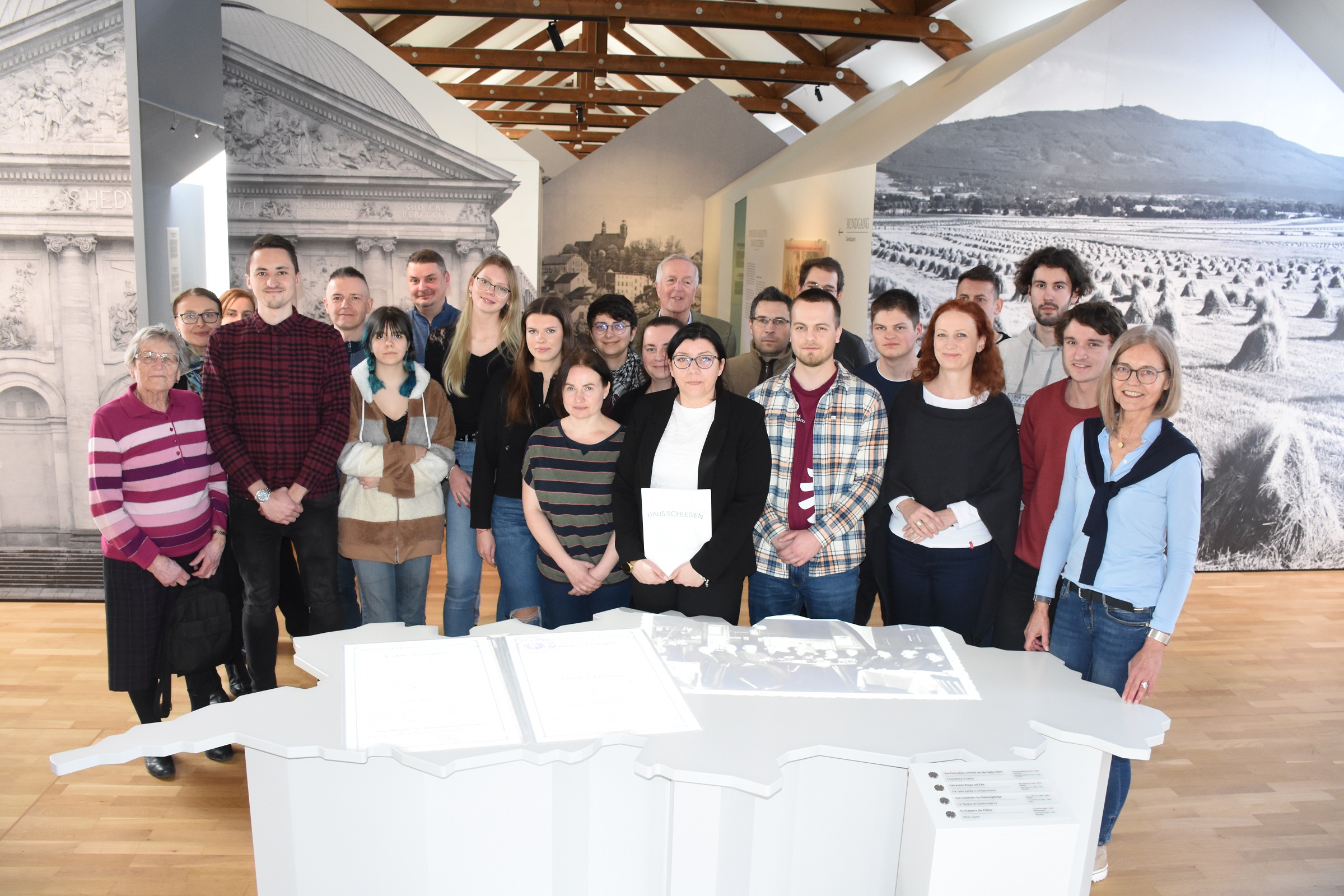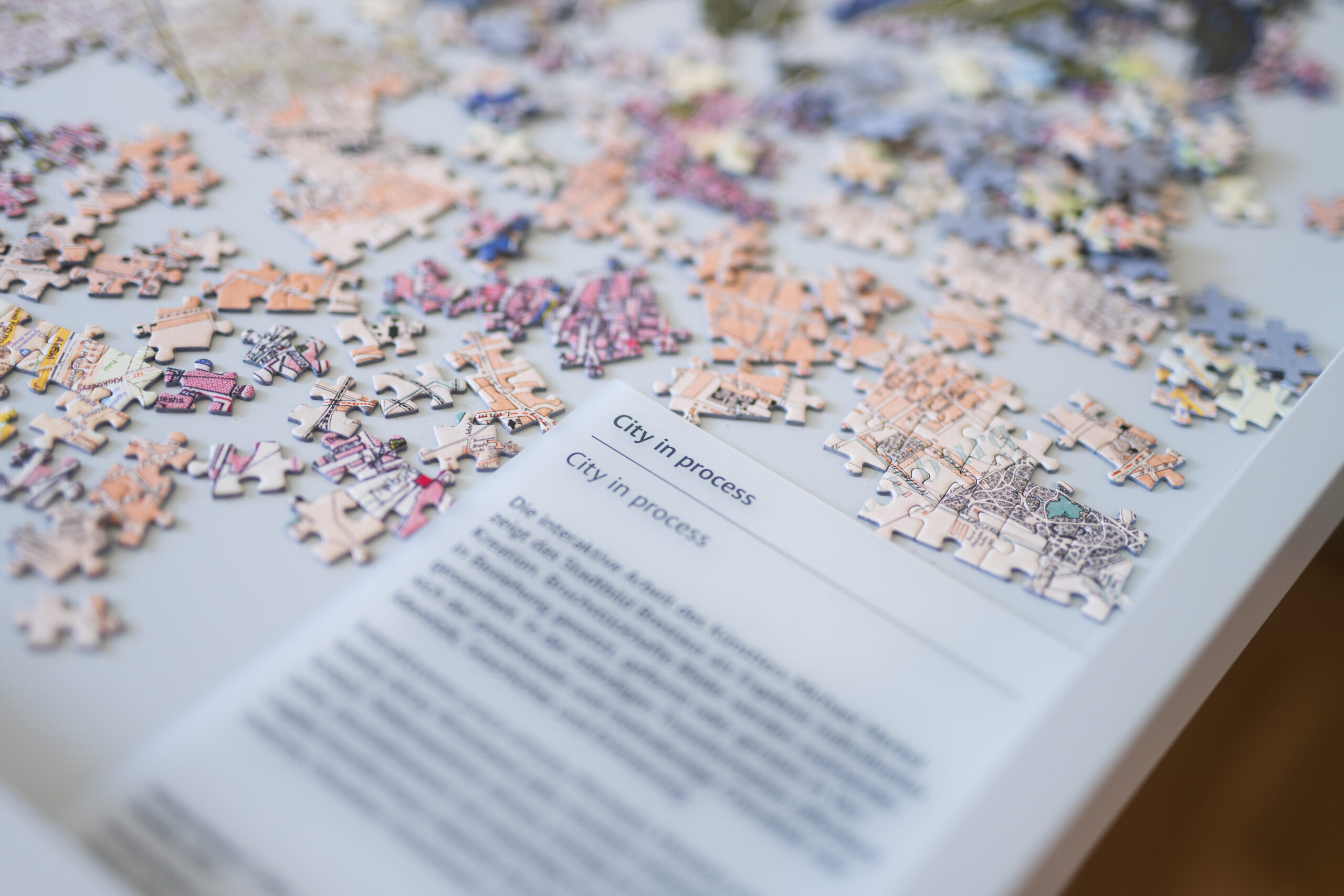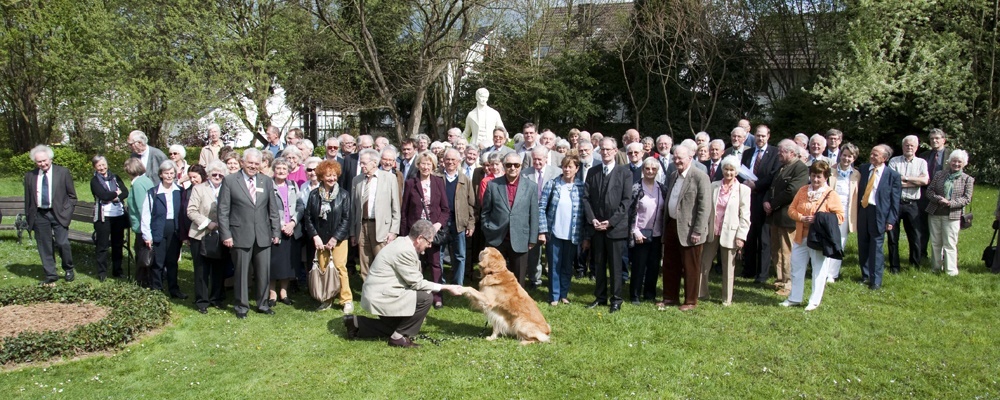
ASSOCIATION
The non-profit association HAUS SCHLESIEN is the responsible body. The Members Committee is the supreme body, which meets at least annually and which is responsible for the stipulation and definition of the association’s goals by the Articles of Association. The Executive Board is elected by the members committee for a three-year term and is responsible for the honorary management of the association.
MEMBERSHIP
The future of the association depends on its membership, thus anyone interested in HAUS SCHLESIEN is a welcome to become a member. The members support the goals and the cultural activities of the association either by non-material engagement, transfer of cultural heritage, visits and advertisements or monetary contributions and donations. The quarterly issue of “Brief aus dem HAUS SCHLESIEN” (Circular HAUS SCHLESIEN) reports on all activities of the association. The membership is managed by Ms Sabine Beringer (phone +49(0)2244 215 or mitglieder@hausschlesien.de).
Membership application form (PDF-form download)
Direct debit (PDF-form download)
HAUS SCHLESIEN is exempted from corporation tax under section 5 paragraph 1 sentence 9 of German corporation tax law owing to its tax-privileged purpose. The association is entitled to issue donations and membership fee receipts for tax purposes.
Bank Details:
Volksbank Köln Bonn eG
IBAN DE68 3806 0186 2601 3180 19
BIC GENODED1BRS
EXECUTIVE BOARD
The current Board members are:
1. Vizepräsident Adrian Sobek (Köln)
2. Vizepräsident Kristian Bielow (Leipzig)
Schatzmeister Ernst Kückels (Ratingen)
Vorstandsmitglied Karl-Heinz Nagel (Schifferstadt)
Vorstandsmitglied Nicola Remig (Bonn)
Six presidents have presided over the association since it was founded:
28.10.1984 – 09.10.1994
Dr. Klaus Ullmann
(born 07.04.1925 in Gleiwitz, died 12.10.1997 in Hirschberg).
03.03.1996 – 18.04.1999
Wilfried von Korn
(born 17.03.1926 in Rudelsdorf bei Groß Wartenberg/Niederschlesien)
The first step is always the hardest.
After the end of the Second World War, those who fled or were expelled from Silesia had lost not only house and home but also their entire social environment. Homeland meetings and newspapers helped to rediscover familiar faces but there was no central place for all Silesians where they could maintain their traditions and exchange memories. The signing of the Warsaw Pact and the resulting de facto recognition of the Oder-Neiße line finally quashed any hope of being able to return. At the same time, there was a growing need for a “piece of home in the West”. In order to create this, around a dozen Silesians founded the non-profit association HAUS SCHLESIEN in 1973.
Before the plans could take concrete shape, sufficient funds had to be obtained to acquire a property suitable for fulfilling the association’s purpose. This was achieved by launching appeals for donations and directly approaching famous personalities. In parallel, discussions were held about a location and the tasks of the future HAUS SCHLESIEN. The economic possibilities had to be weighed up against wishful thinking and a lot of sceptics convinced. It was decided to look for a site close to the federal capital Bonn in view of the central location and proximity to political decision-makers. In 1977, talks began with the town of Königswinter which offered a choice of three properties within Königswinter’s municipal boundaries, including a former monastic grange in Heisterbacherrott. The association HAUS SCHLESIEN purchased this four-wing farm complex on a parcel of land measuring 12,000 sqm for DM 350,000 in June 1978.
Work got underway after a small ceremony to mark the official handover on 15 October of that same year. The façade now bore the words: “HAUS SCHLESIEN in the Seven Hills – monastic grange under reconstruction”. Many thousands of hours of volunteer labour and several million Marks have been invested in the property over subsequent decades. At the official opening on 5 July 1981, the founders and their fellow campaigners were correspondingly proud of what had been achieved. But despite all the enthusiasm at the launch of the community centre, the association still faced major challenges.
From the “monastic grange under reconstruction” to a cultural and community centre
The second building phase began in 1982. In the western part, the former stables were converted into three event and exhibition rooms on the ground floor, whilst further guest rooms with en-suite bathrooms were installed on the upper floor. Construction work on the “House Giant Mountains” – all the houses were named after Silesian landscapes – was completed in late 1984. But the association required money not only for the external building works and conversions but also to furnish the rooms. To this end, letters were sent to the various homeland district communities with the suggestion that a room would be named after the respective homeland district if the group concerned provided enough funds to furnish the room. The idea met with a very positive response. With effect from 1985, the new rooms made it possible on the one hand to hold larger events, host homeland meetings, private parties as well as in-house and guest seminars and holiday activities. On the other hand, there was finally enough space to present the meanwhile sizeable collection in exhibitions. The first major special exhibition opened in March 1985 under the title “Silesian Treasures”. It was the first of over 300 temporary exhibitions which have since been held at HAUS SCHLESIEN.
On completion of the third building phase in 1988, the “Window on Silesia” received a room of its own for the first time on the first floor. A permanent exhibition was now established here in addition to the temporary exhibitions. The opening of the Namslau tavern on the ground floor brought a touch of “Silesian cosiness”. The money for purchasing the chairs and tables for the homely tavern with its tiled stove was donated by numerous individuals. Each donor received “their” chair bearing the person’s name as thanks for the financial support.
In the same year, the topping-out ceremony was celebrated in the fourth building phase, the former barn. The Federal Ministry of the Interior had provided DM 1.9 million for the building of the planned exhibition room on the upper floor. The association had to find the other half of the estimated costs itself. From 1992 onwards, a second exhibition room became available on the upper floor where mainly Silesian artisan craftwork was displayed. The ground floor contained a large room, today named after the Silesian poet Joseph von Eichendorff, and the kitchen.
The development of the cultural and educational work
The association’s statutes stipulate the “collection, preservation and exhibition of Silesian cultural property and objects of regional and folk culture” and this developed into a “mainstay” for HAUS SCHLESIEN. The regular temporary exhibitions and the meanwhile extensive permanent exhibition drew numerous visitors. Donations, loans and objects acquired with federal funds continuously increased the museum’s attractiveness. Nevertheless, the museum’s existence and thus the future of the entire undertaking were repeatedly under threat.
In the 1980s, the location of a future Silesian regional museum was the subject of great controversy in Silesian circles: should an existing institution be expanded or a new one constructed in the city Hildersheim in Lower Saxony, Silesia’s sponsor Land? German reunification occurred in the midst of these discussions and offered the opportunity to construct a Silesian regional museum in Silesia. In the mid-1990s, the decision was taken to build the regional museum in Görlitz. HAUS SCHLESIEN had to surrender numerous items from its collection that had been purchased with federal funds to this museum in the early 2000s. After the Federal Ministry of the Interior discontinued its institutional sponsorship in 1999, massive protests by members, friends and sponsors as well as HAUS SCHLESIEN’s convincing work led to the Federal Commissioner for Culture and Media’s pledge of a sound project sponsorship, which secured HAUS SCHLESIEN’s long-term future. Nevertheless, it would not be possible to maintain its operations without the membership fees, donations and bequests of closely associated people and institutions.
After the Iron Curtain fell, it was finally possible to implement the statute’s aim of “cultivating relations with Germany’s neighbours” also with regard to Poland and the Czech Republic. After 45 years, Silesia finally moved closer again, offering HAUS SCHLESIEN new opportunities and challenges. Very quickly, initial contacts were made with museums and cultural institutions in Silesia so that a first guest exhibition could be presented in the district museum in Hirschberg/Jelenia Góra as early as 1992. This was followed by exhibitions in Breslau/Wroclaw and gradually in ever more Silesian cities. In 2000, a permanent presence in Silesia arose through cooperation with the Fundacja Lubiąż. Since then, HAUS SCHLESIEN has held exhibitions in Silesia’s largest and oldest Cistercian monastery, Leubus/Lubiąż Abbey. In addition, numerous travelling exhibitions have been jointly planned and conducted in collaboration with Polish partners since the eastward enlargement of the EU in 2004.
In the mid-1990s, contact was made with Silesian universities and colleges which resulted in the Silesian Encounters. The first group from the Czech city of Troppau/Opava visited HAUS SCHLESIEN in 1996. Since then, over 200 Polish and Czech student groups have been our guests.
The original idea of a few Silesians has developed over five decades into a cultural and community centre which is known and well-regarded far beyond regional and national borders. Today, HAUS SCHLESIEN is a place of living remembrance culture for Silesians and non-Silesians of all generations and nationalities which makes a profound contribution to the preservation, documentation, presentation and communication of the culture and history of the Central European region of Silesia.
More in German: Audioguide
